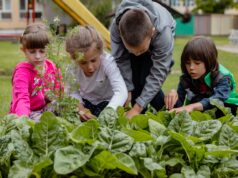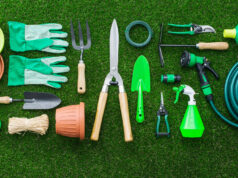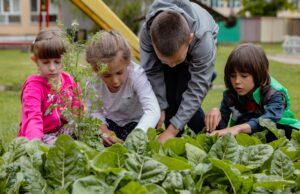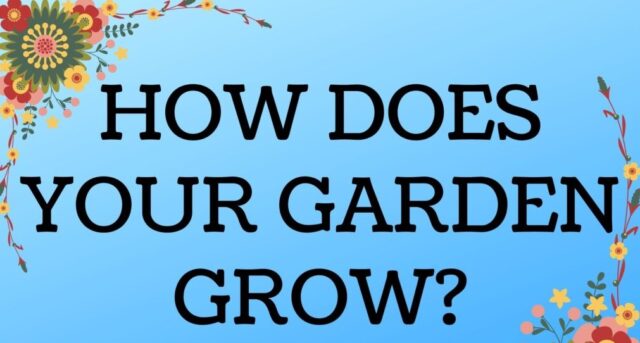
Starting a vegetable garden can be a rewarding and fulfilling experience for beginners. Whether you have a spacious backyard or a small balcony, growing your own vegetables can provide you with fresh and nutritious produce while connecting you to nature. You can install a sliding barn door with barn door hardware as the door that leads outside to your garden. As a beginner, it’s essential to choose vegetables that are easy to grow, low-maintenance, and yield satisfying results. In this guide, we’ll explore some of the best vegetables for a beginner gardener to grow, along with tips on how to cultivate a successful and enjoyable garden.
Tomatoes
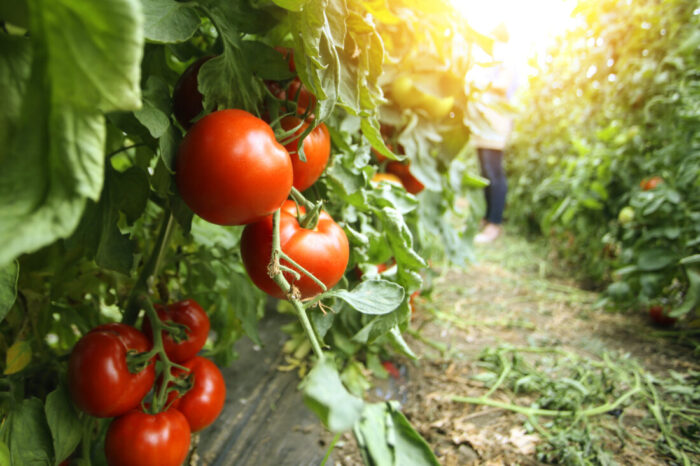
Tomatoes are one of the most popular vegetables (technically fruits) to grow, and they are relatively easy for beginners. They thrive in sunny spots with well-draining soil. There are various varieties available, such as cherry tomatoes, beefsteak tomatoes, and plum tomatoes, each with its unique flavor and use. Regular watering and occasional fertilization will help ensure a bountiful harvest.
Lettuce
Lettuce is a fast-growing leafy vegetable that can be grown in both garden beds and containers. It prefers cooler temperatures and partial shade, making it a great option for spring and fall gardens. Lettuce varieties come in different colors and textures, from crispheads to loose leaf, adding visual interest to your garden.
Zucchini
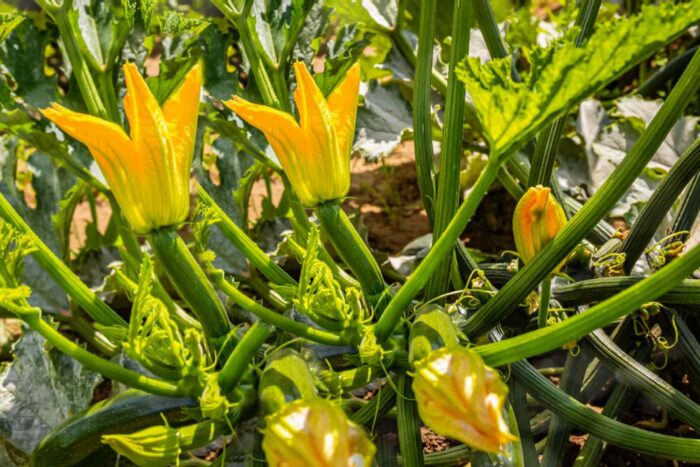
Zucchini is a prolific and easy-to-grow summer squash. The plants are robust and can produce abundant harvests. They need ample sunlight, well-draining soil, and regular watering. You’ll be rewarded with an abundance of delicious zucchinis that can be used in various recipes, from stir-fries to zucchini bread.
Radishes
Radishes are one of the fastest-growing vegetables, making them perfect for impatient beginners. They can be grown in both spring and fall and require minimal care. Plant them in loose soil and provide consistent moisture for best results. Radishes come in different colors and shapes, adding a splash of vibrancy to your garden.
Green Beans
Green beans, also known as snap beans or string beans, are a great choice for beginner gardeners. They are easy to grow, productive, and can be grown in containers or trellises to save space. Regular harvesting encourages continuous production, and they’re a delightful addition to salads and stir-fries.
Peppers
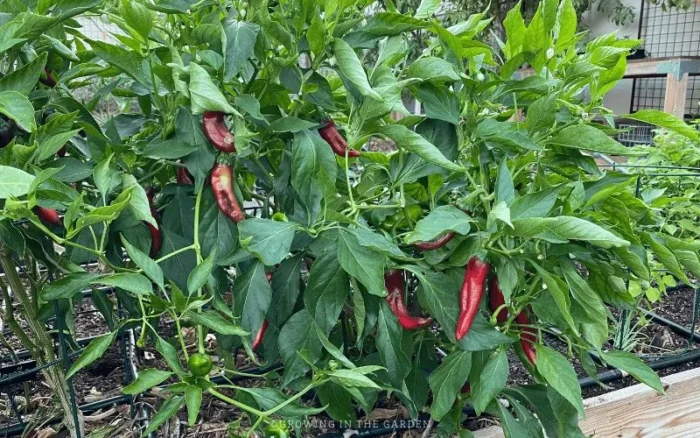
Peppers come in various shapes, sizes, and heat levels, making them versatile for culinary use. They prefer warm temperatures and well-drained soil. While they might take a bit longer to mature compared to other vegetables, their vibrant colors and flavors are worth the wait.
Cucumbers
Cucumbers are another excellent choice for beginners, especially if you want to try your hand at pickling. They thrive in warm weather and require ample sunlight, consistent watering, and well-drained soil. Vertical trellises can be used to save space and enhance air circulation.
Carrots
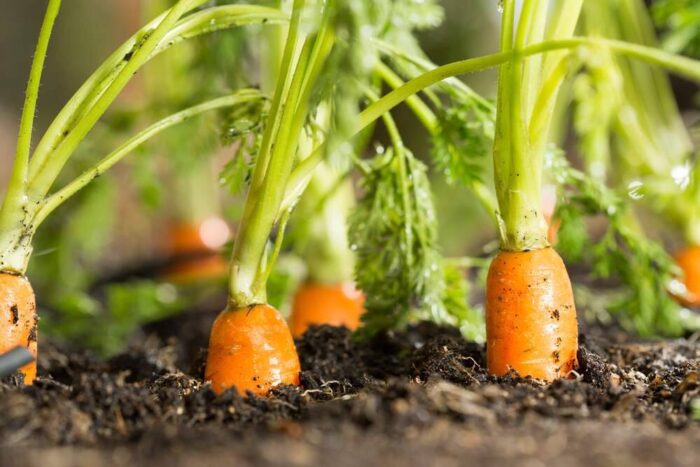
Carrots are root vegetables that can be grown in loose, sandy soil. They require minimal maintenance but benefit from consistent watering to ensure good root development. Carrots come in various colors, including orange, purple, and yellow, making them both tasty and visually appealing.
Herbs
While not technically vegetables, herbs are incredibly rewarding for beginner gardeners. They can be grown in small spaces, including windowsills and balconies. Some easy-to-grow herbs include basil, mint, parsley, chives, and rosemary. Fresh herbs add flavor to your cooking and can be used for medicinal purposes and teas.
Spinach
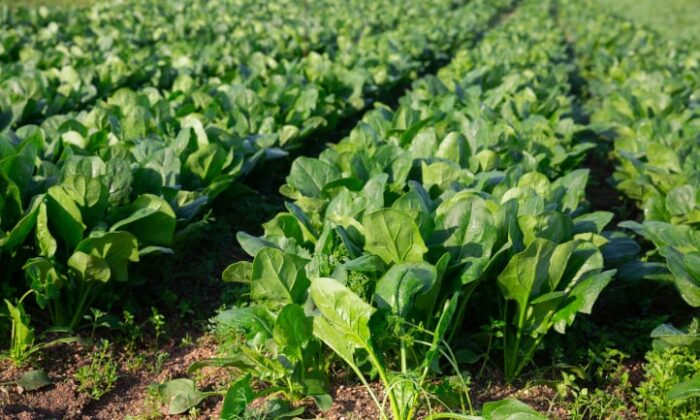
Spinach is a nutrient-rich leafy green that prefers cooler temperatures. It can be grown in both spring and fall and is relatively low-maintenance. Regular harvesting of outer leaves promotes continuous growth and ensures a steady supply of fresh spinach for salads and sautés.
Before starting your vegetable garden, consider the following tips to set yourself up for success:
Start small
As a beginner gardener, it’s essential to start with a manageable plot or a few containers. This allows you to focus on a select group of vegetables and prevents overwhelming yourself with maintenance tasks.
Observe your garden
Take time to observe how much sunlight your chosen spot receives throughout the day. Different vegetables have varying light requirements, and understanding your garden’s light patterns will help you choose suitable crops.
Improve your soil
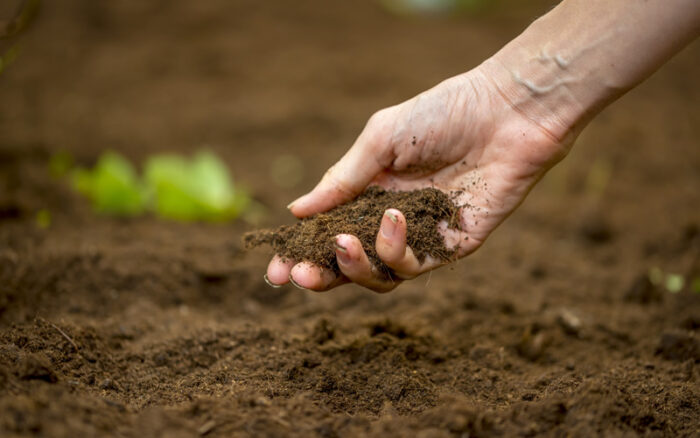
Healthy soil is the foundation for a thriving garden. Add organic matter like compost or well-rotted manure to enrich the soil and improve its structure. Well-prepared soil promotes strong root growth and better nutrient uptake.
Water wisely
Overwatering or underwatering can be detrimental to your plants. Learn about the specific water needs of each vegetable and adjust your watering schedule accordingly. A drip irrigation system can be helpful in maintaining consistent moisture levels.
Protect against pests
Keep an eye out for common garden pests and be prepared to take action if they become a problem. Some natural remedies like neem oil or insecticidal soap can help control pests without harmful chemicals.
Mulch
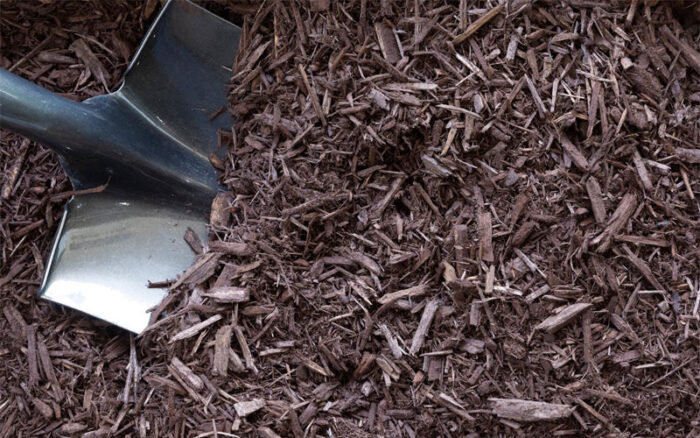
Mulching around your plants can help retain moisture, suppress weeds, and regulate soil temperature. Organic mulches like straw or shredded leaves are excellent choices for vegetable gardens.
Stay patient and learn from mistakes
Gardening is a learning process, and not everything will go perfectly the first time. Don’t be discouraged by failures; instead, view them as opportunities to learn and improve your gardening skills.
In conclusion, starting a vegetable garden as a beginner can be both enjoyable and rewarding. By selecting easy-to-grow vegetables and following some basic gardening principles, you’ll be well on your way to cultivating a bountiful and thriving garden. Remember to start small, observe your garden’s conditions, improve your soil, water wisely, protect against pests, and stay patient. Happy gardening!

